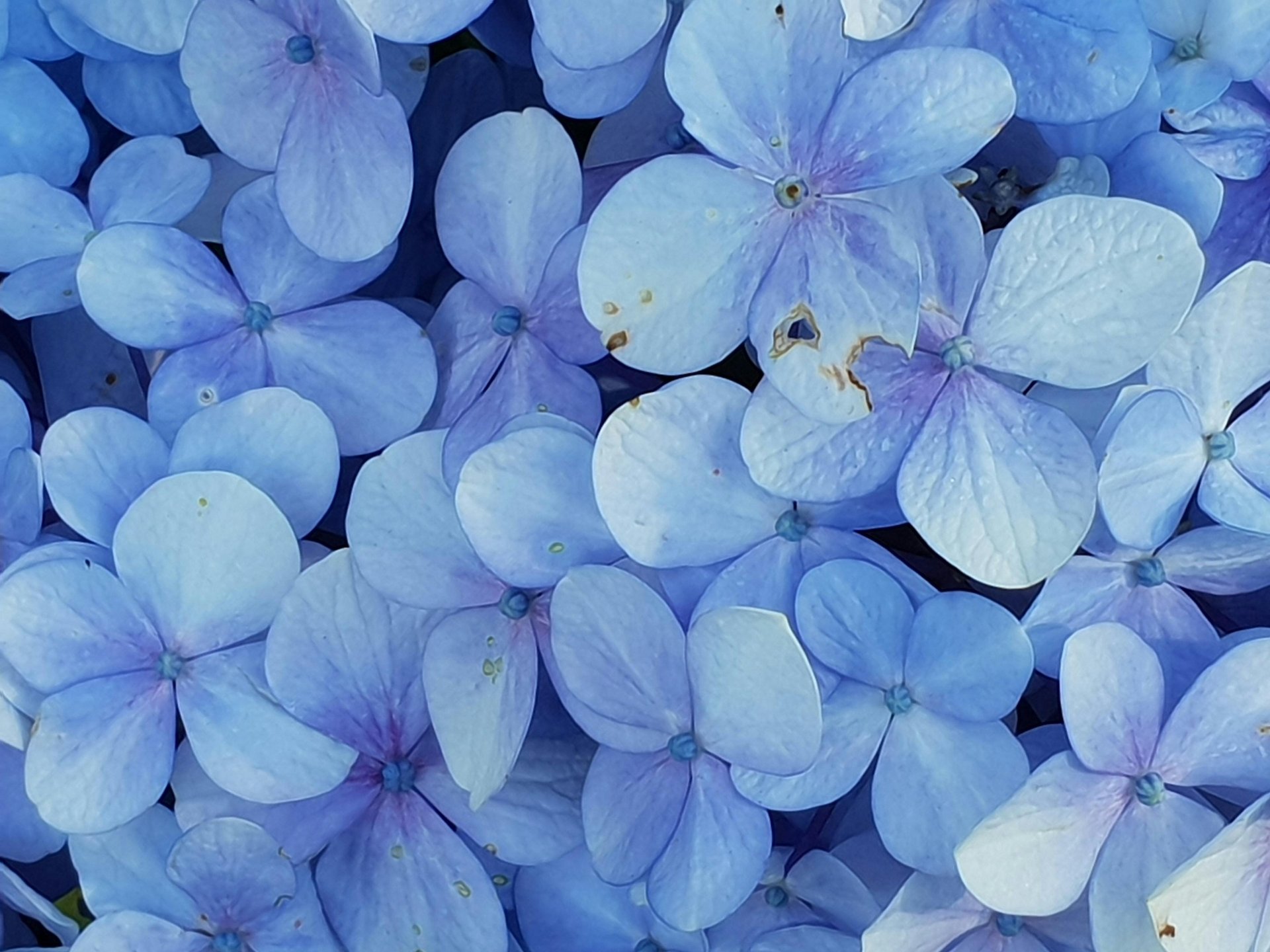
Can interior design affect your mental health?
2/24/20254 min read
CAN INTERIOR DESIGN AND ARCHITECTURE IMPACT YOUR EMOTIONAL & MENTAL HEALTH?
The answer is yes - very much so.
The Magic of Entrances:
Entrances aren't just made to make one feel welcomed, they also serve "as an ‘event boundary’ in the mind, which separates episodes of activity and files them away,” according to Radvansky, a University of Notre Dame Psychology Professor. This could also explain why we often forget what we were going to do when entering a room.
Walking through a doorway often resets your thought process, causing you to adapt and focus on the new environment. Your brain automatically prioritizes its new environment and tends to forget (for a moment) about its old one. This can be an amazing thing if you need a mental reset or purge. You can very much use this to your advantage... like when you're stressed out or anxious or even overwhelmed. Designers and architects who comprehend the importance of this concept, tend to design for the human experience rather than just the aesthetics.
Color Psychology:
Our ancestors used color as a survival guide. They identified edible plants by their color and knew that dark gray clouds meant a storm was coming in. During the medieval times, indigo blue was the most expensive pigment and therefore, only was used to paint the Virgin Mary and others that symbolized purity and freedom. During the middle ages, purple was only used to paint the royal and prestige. Meaning has always been assigned to colors.
The occipital lobe is one of the areas in the brain responsible for color processing and is directly connected to the temporal lobe, which is responsible for emotions. That being said, colors like; greens, blues, browns and yellows are more likely to bring peace and relaxation, since you can most likely associate those colors with the outdoors. The color red is often associated with intensity and love, and most often evokes various emotions such as passion, power, anger or violence. It really just depends on the situation and place on how you associate colors.
Personal memories (good and bad) can easily be triggered by specific colors and therefore, need to be considered when designing a home. When designing a residential space, it is necessary for the designer to ask the homeowners what they want to feel in their space(s). Each room has a distinctive purpose and thus need various colors and moods.
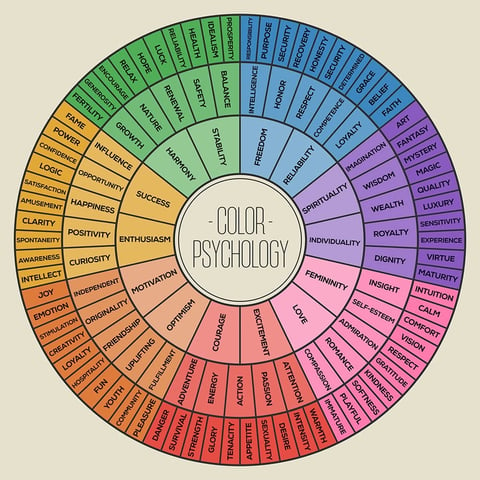

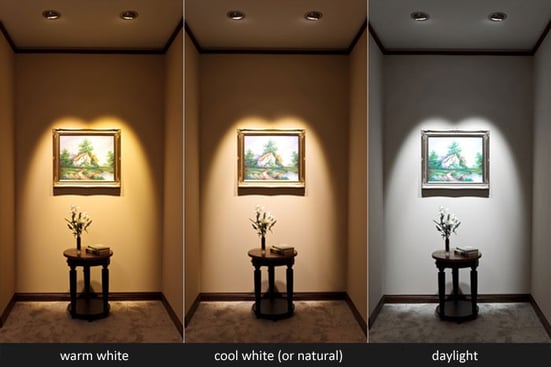

Photo Credit: Lighting Style
Lighting:
Natural lighting is highly favoured due to the feelings it evokes... happiness, positivity, creativity and more. Natural lighting also helps your skin produce vitamin D while also increasing serotonin levels.
Cool lighting is often considered in commercial spaces as they evoke productivity, alertness and concentration. The cool and bright undertone allows for customers to browse effectively considering you can see product colors more accurately.
Dim lighting is mostly used for romantic or for bed time settings, as it can evoke sleepiness, passion or privacy or all three. It's perfect for bedrooms, movie theaters and even restaurants.
Warm lighting is known to promote relaxation and to reduce stress. It mimics the golden-hour lighting that people often love and enjoy. While it promotes unwinding, it also promotes conversation and creates a welcoming feel. It's perfect for residential spaces but specifically for living rooms and bedrooms.
Biophilic Design:
Biophilic design is an architectural approach that incorporates natural elements such as; plants, water features, natural lighting and earth tone color schemes. These natural elements create a harmonious environment that nurture our minds and bodies. Biophilic designs are created so that humans can connect with nature and one another while being indoors.
A study done by University of Melbourne showed that an office building introduced plants to their workplace and productivity went up by 15%. Exposure to natural lighting has been linked to lower cortisol levels, which is the hormone released in response to stress. Natural lighting is also proved to increase healthier and happier moods. Indoor plants allow for better air quality as they remove harmful toxins from the air and are also natural sound absorbers... and well sound reduction allows for a more tranquil and peaceful environment. A win-win! PS. Plants are great privacy dividers!
Although biophilic designs are amazing for homes and workspaces, they are also wonderful (and often used) for healthcare centers as they are associated with healthier sleep patterns and faster recovery times. The biophilic designs allow for patients to feel encouraged and comfortable in places that are often expressionless, white and plain.
Overall, such an amazing design style that has many appreciable benefits. If you want to read more on biophilic designs, these are amazing articles: Exploring the Mental and Physical Health Benefits of Biophilic Design Through Indoor Plant Walls, The Impact of Biophilic Design and Workplace Well-being and Mental Health benefits of biophilic indoor environment in virtual reality - harvard research study.
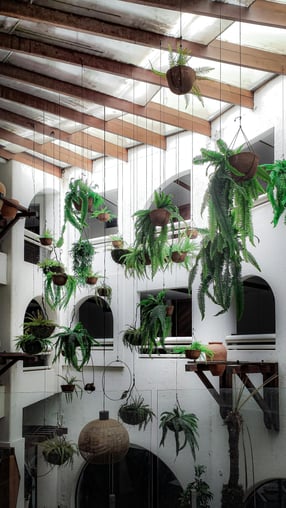
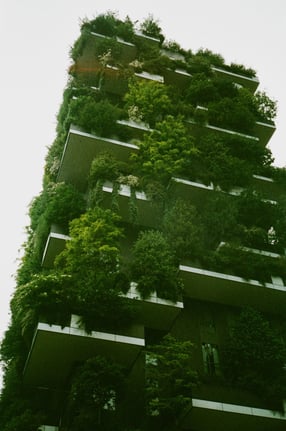
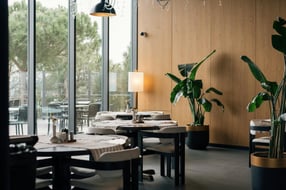
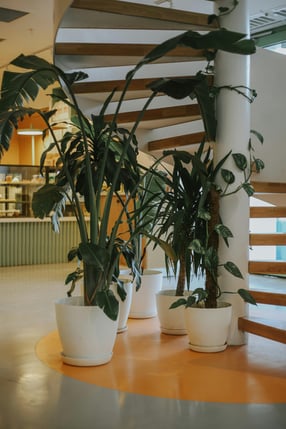
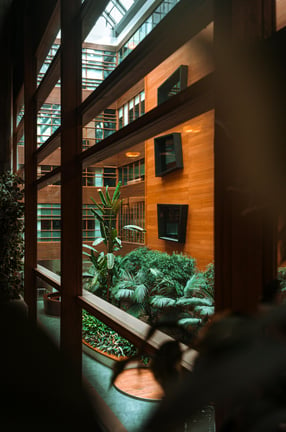
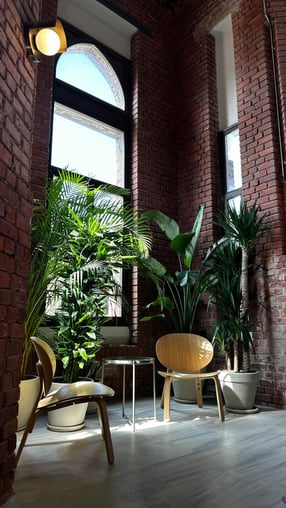






Conclusion:
Although interior design is meant to beautiful, it also is meant to be functional and intentional. Design is meant to cater to your mental, emotional and physical wellbeing. The way chairs are built and designed is phenomenal because they're built for the human body in such a detailed and purposeful way. The curves and arches (in doorways, tables and walls... etc) often soften the space to make one feel comfortable and welcomed. The colors and textures in a space influence the overall mood of a room that often impacts humans in such a beneficial way. All in all, the design elements that you choose for your home, workplace and everyday life is so crucial to your general wellbeing... so choose thoughtfully.
"We shape our homes and then our homes shape us." - Winston Churchill
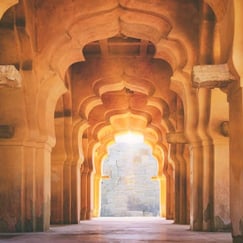

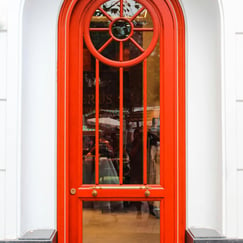
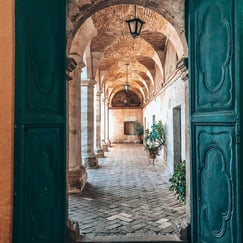
"Lighting is the lifeblood of design, bringing energy to any space it touches." - Jean Rosenthal
